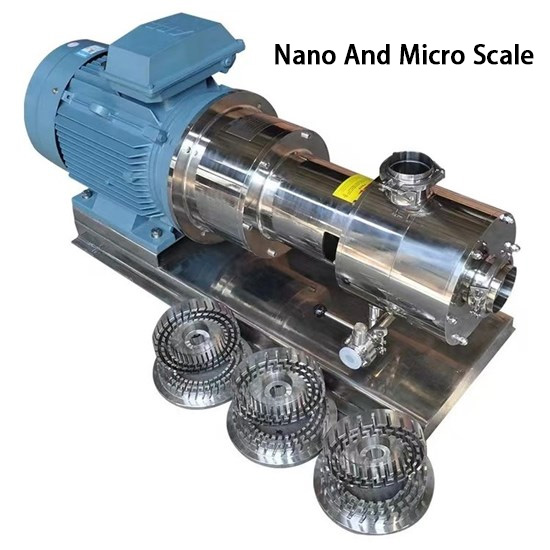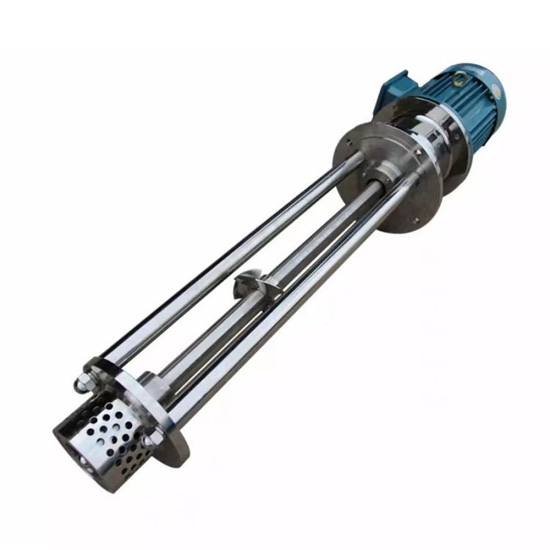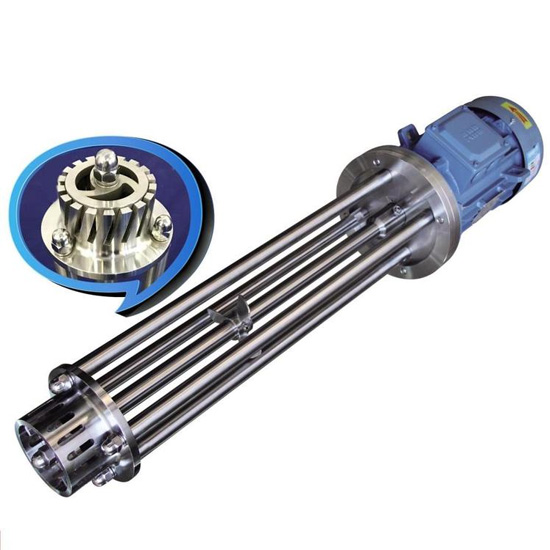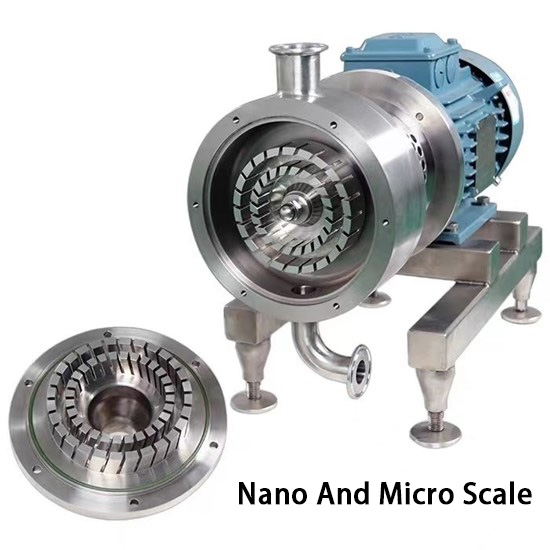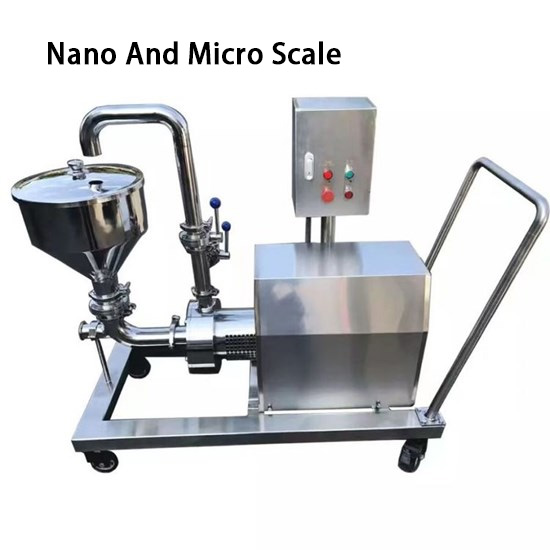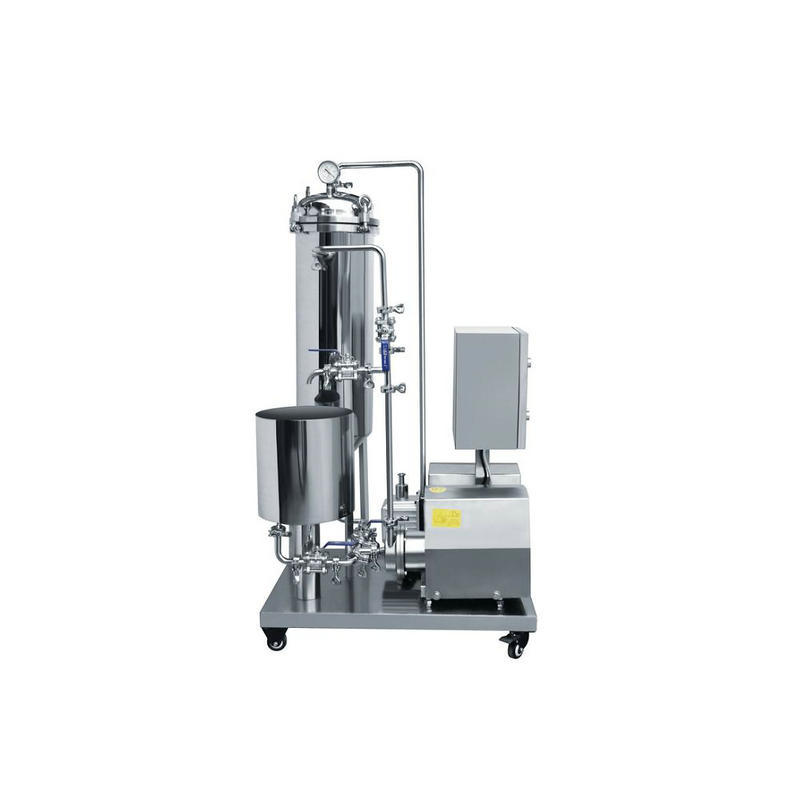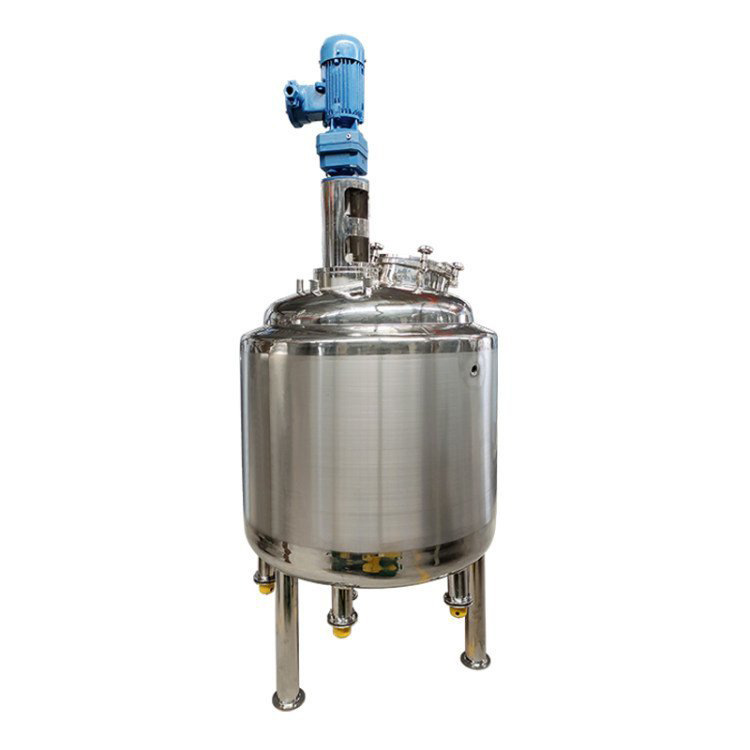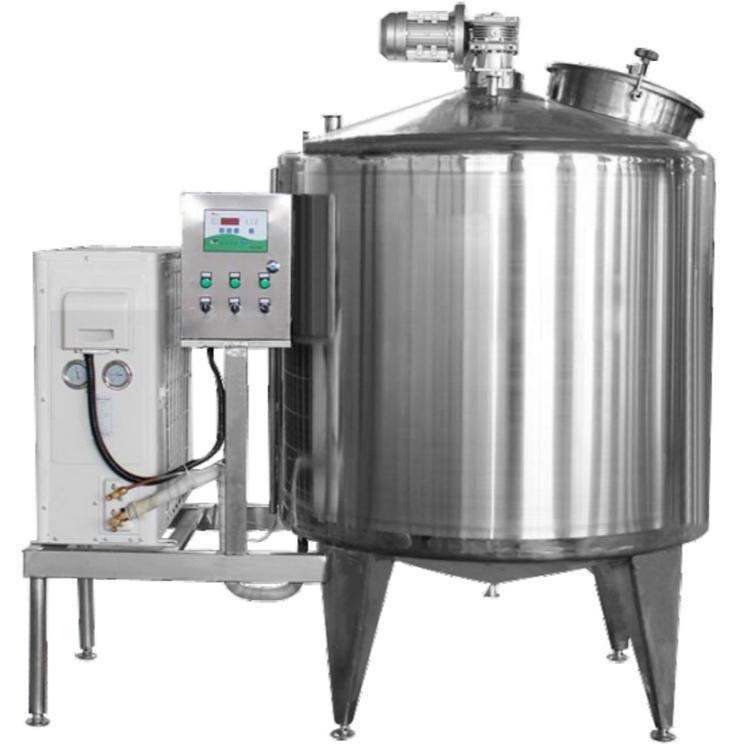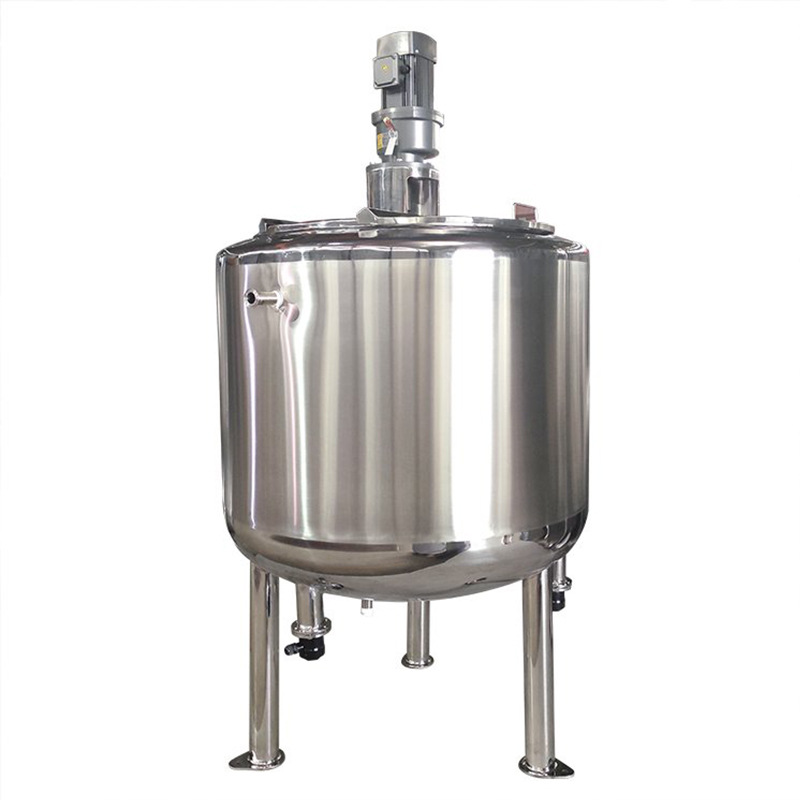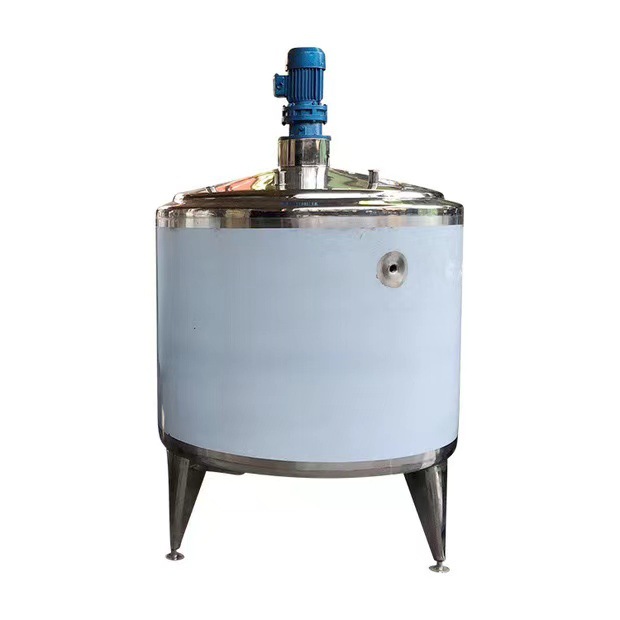Is An Emulsifier Needed For Industrial Production Of Veterinary Drugs?
In the process of making veterinary drugs, the application of Emulsification Pump is an important link that cannot be ignored.
As an efficient and multifunctional equipment, the emulsifier plays a particularly significant role in the production of veterinary drugs.
This article will start from the actual needs of veterinary drug production and explore the necessity, working principle, specific application and factors to be considered when selecting an emulsifier in veterinary drug production.
### 1. The particularity of veterinary drug production
Veterinary drugs are substances used to prevent, treat, diagnose animal diseases or regulate animal physiological functions. Due to the wide variety of animals and complex and changeable diseases, the production of veterinary drugs needs to strictly follow the principles of science, standardization and safety.
The quality of veterinary drugs is directly related to the health and production performance of animals, which in turn affects human food safety. Therefore, every step in the veterinary drug production process is crucial, including the mixing, emulsification and sterilization of raw materials.
### 2. The necessity of emulsifiers in veterinary drug production
1. **Improve efficacy**: Veterinary drugs often contain a variety of active ingredients, which have different solubility in water or oil and are difficult to mix evenly directly.
Through high-speed stirring, cutting, shearing and extrusion, the emulsifier can mix these immiscible liquids into uniform, fine and stable emulsions, thereby improving the solubility and bioavailability of the drug and enhancing its efficacy.
2. **Ensure product quality**: The quality stability of veterinary drugs is crucial to their efficacy and safety.
During the mixing process, the emulsifier can micro-adjust the size of liquid particles, make the drug particles evenly distributed, reduce agglomeration, and thus improve the stability and consistency of the product.
3. **Improve production efficiency**: Traditional manual or simple mechanical mixing methods are inefficient and difficult to ensure the mixing quality. The emulsifier has efficient mixing capabilities and can complete the mixing of a large amount of materials in a short time, improve production efficiency and reduce production costs.
### 3. Working principle of the emulsifier
The working principle of the emulsifier mainly depends on the high-speed rotation of its core components-the rotor and the stator.
The rotor is equipped with multiple blades, and the speed can reach thousands of revolutions per minute.
The stator is wrapped around the outside of the rotor and fixed, with many small holes on it. When the rotor rotates at high speed,
the material is sucked in from the bottom of the mixer, and the material moves to the edge of the blade under the strong centrifugal force, and is ejected from the stator opening at high speed back into the mixture, and then sucked back into the working area, and the cycle repeats.
The mechanical shear force, impact force and friction force generated in this process work together to break, disperse and mix the material evenly.
### 4. Specific application of emulsifier in veterinary drug production
1. **Production of oil emulsion veterinary drugs**: Oil emulsion veterinary drugs are a common dosage form in veterinary drugs. Its production process requires the oil phase and the water phase to be prepared separately, and then the two are mixed evenly by an emulsifier.
In this process, the emulsifier can ensure that the oil phase and the water phase are fully contacted and mixed to form a stable emulsion.
2. **Production of suspension veterinary drugs**: Suspension veterinary drugs are preparations formed by dispersing insoluble solid drug particles in a liquid medium.
Emulsifiers also play an important role in the production of suspensions. They can crush solid drug particles and disperse them in liquids to form uniform and stable suspensions.
3. **Production of external veterinary drugs such as ointments and creams**: The production of these dosage forms also requires the participation of emulsifiers.
Emulsifiers can evenly mix the oil phase and the water phase containing the drug to form a delicate and smooth ointment or cream, thereby improving the permeability and absorption rate of the drug.
### 5. Factors to consider when choosing an emulsifier
1. **Production capacity**: Select the appropriate emulsifier model and specifications according to the needs of veterinary drug production to ensure that the production scale and quality requirements can be met.
2. **Mixing effect**: The mixing effect of the emulsifier directly affects the quality of veterinary drugs. Therefore, when choosing an emulsifier, it is necessary to consider its mixing uniformity, particle size distribution and other performance indicators.
3. **Ease of operation**: The operation of the emulsifier should be simple and easy, and convenient for workers to operate and maintain. At the same time, the emulsifier should have a good degree of automation to improve production efficiency and reduce labor intensity.
4. **Cleaning and maintenance**: Veterinary drug production has strict requirements on sanitary conditions. The emulsifier should be easy to clean and maintain to prevent cross contamination and ensure the hygiene of the production environment.
In summary, the emulsifier plays an indispensable role in veterinary drug production.
By rationally selecting and using the emulsifier, the production efficiency and quality stability of veterinary drugs can be improved, the health and production performance of animals can be guaranteed, and human food safety can be maintained.
